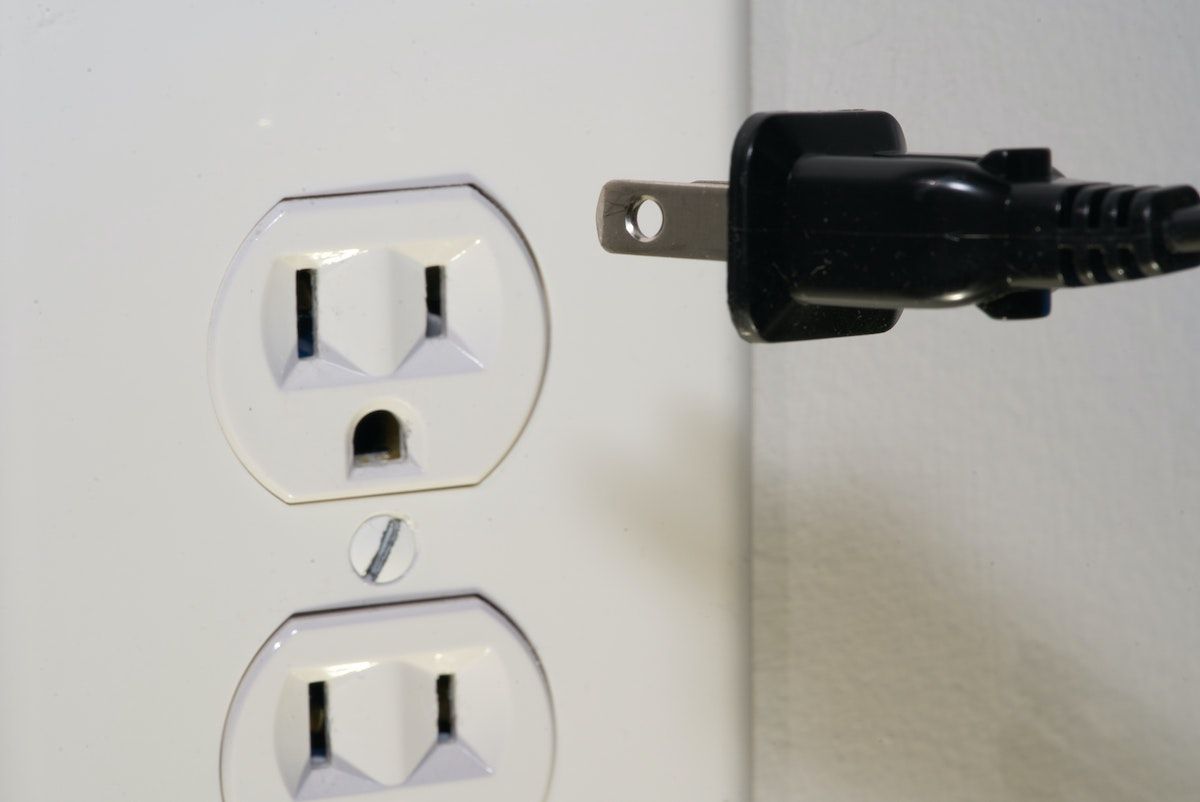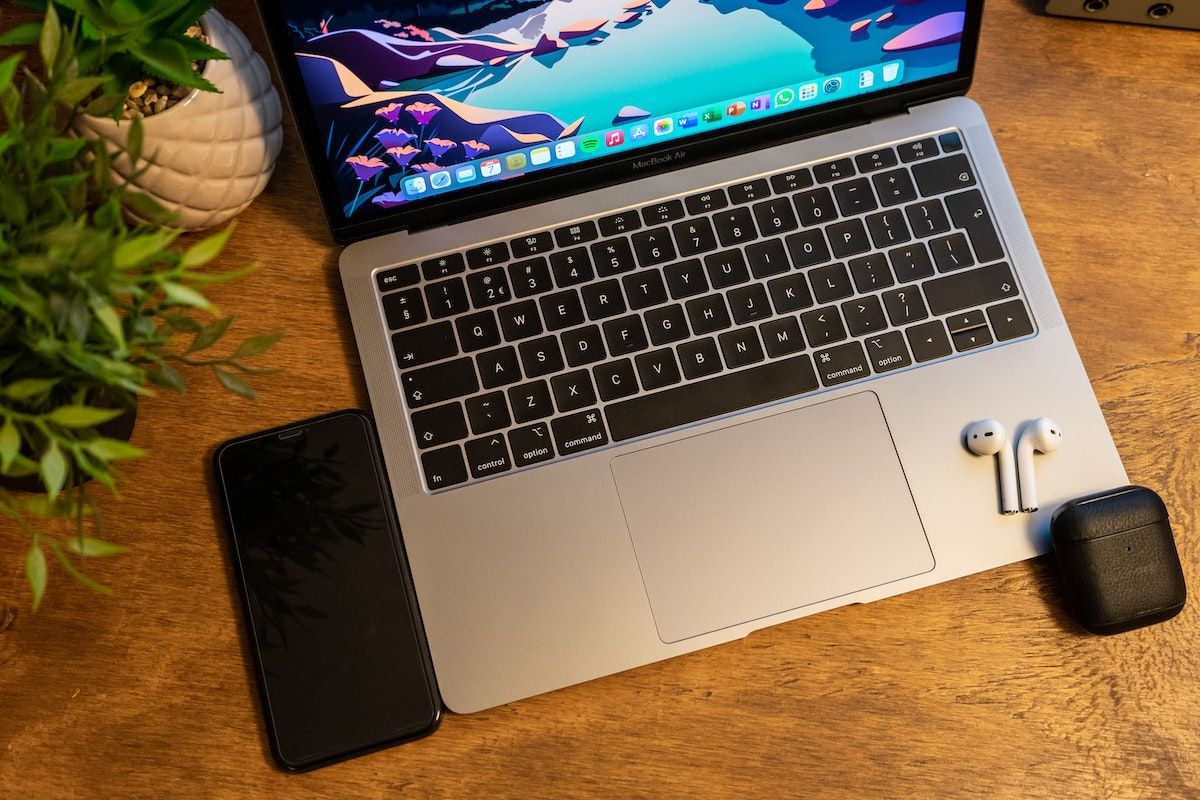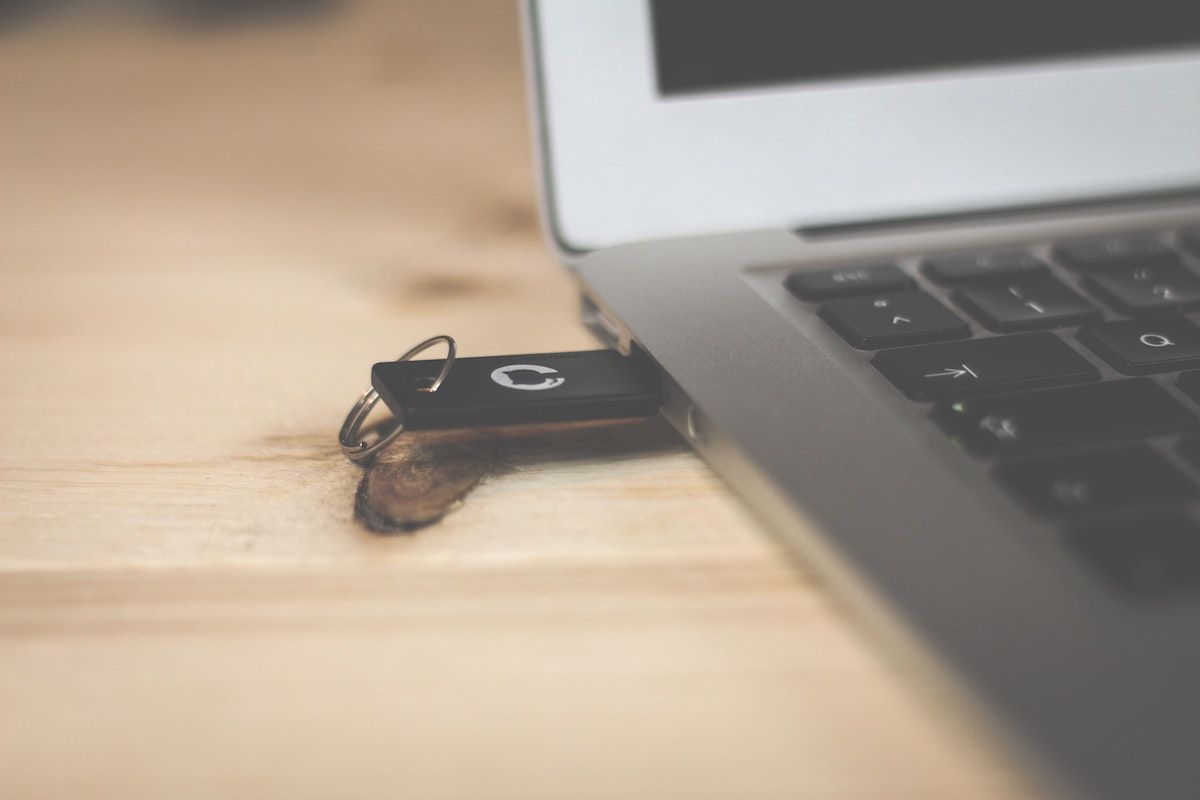
Computer Screen Still Blank? Here Are 8 Ways to Fix Your PC’s Screen
It’s one of those days again. You have a heap of tasks ahead, or perhaps it’s just another daily session of yours. You fire up your PC as usual, but to your dismay, you only get a blank computer screen staring at you.
Getting a blank screen isn’t the death sentence for your computer, but it can understandably cause hiccups in your workflow. Thankfully, there are several ways to fix the empty screen error on your PC for good.
So let’s jump right in with the most straightforward—and often the unfairly neglected method—first.
1. Check the Socket
This is for users employing a desktop monitor. Even if all you see is a big, blank screen on your desktop when you power on your PC, it must at least give you the green light (in most cases) on your monitor below. If you can’t see any light there, something may have broken with the socket.
Try and plug in something else there, and see if you can get the appliance to work. If you cannot, you must repair the required socket or get an expert who can, and then try powering up your computer again. Also, get the computer’s socket checked as well.
If the real problem is the socket, your computer will power up in no time as soon as you get it fixed.
2. Do a Forced Restart
A restart often resolves most problems with your PC right off the bat. But the typical PC restart is out of the question since you can’t even get your computer’s screen to work as usual.
So, what do you do in cases like that?
This is where a forced shutdown will come to your rescue. Your PC or laptop will have a power or reset button that will do that work for you, and your computer will get an instant reboot or shut down. So look for the button, press it, and then hold it until your computer reboots.
If there were no deeper issues, your computer should boot up normally on the power-up.
3. Check Your Monitor’s Connection
Another possible perpetrator of the blank computer screens, a loosely connected monitor, can be the cause of your screen woes here. If you’re using a PC, here’s how you can check your monitor’s connection to your PC:
- Check the cable connecting your PC and monitor. Is it connected properly from both ends? Pull it out and plug it in again (when your PC is turned off, of course), and see if it makes any difference.
- If you have a spare cable or can get one from a friend or co-worker, try them on and see if you get things working again.
If this doesn’t work, then move on to the next section.
4. Check the Monitor’s Brightness
You can also get stuck with the blank screen error if your computer’s brightness has been decreased too much. Look for the button that manages the brightness of your desktop; they are usually right below your desktop screen, and in rare cases, right behind it.
Increase the brightness to full and see if you still face the blank screen error on your computer.
Similarly, some laptops let you manage the screen’s brightness from your keyboard. For example, in a MacBook Air, by pressing the F1 key, you can reduce the brightness of your screen to almost zero; in fact, it might almost seem as if the laptop hasn’t been turned on at all.
In cases like this, it’s easy to get tricked into thinking that something is wrong with the screen when it’s simply the brightness settings that have to be tinkered with. So make sure you thoroughly check the brightness settings of your computer before moving on to other solutions.
5. Remove Unnecessary Peripherals
You should remove all the hardware unnecessary for a computer startup, like the webcam, USB sticks, etc., and power on your PC with only the essential hardware. Then see if you still face the blank screen.
If you don’t face the blank screen problem on the next boot-up, the external peripheral hardware has likely been giving you computer screen troubles all this time. From here on, you can easily prune out the device responsible for the blank screen by plugging in all the devices one by one.
When you find the particular peripheral, you now know the device that has to be replaced now.
6. Check Your Computer’s Hardware
If you have given all the above methods a go but are still stuck with a blank computer screen, then trying your hand with the computer hardware is another possible solution. This problem with hardware can appear in many ways. For example, you might have issues with your monitor, video card, computer motherboard, etc., which in turn is sabotaging your computer’s smooth functioning.
So, giving these individual devices a thorough check definitely stands as another option to fix your screen here.
For example, if possible, try connecting a different monitor to your computer. If the PC boots up easily now, then it’s clear that it’s the desktop monitor that’s the real culprit for your blank screen here. In this case, if the monitor is old enough, visiting the nearest electronics market for a new desktop will be the best solution.
Similarly, see if you can arrange a video card from someone, and try it out and see if that fixes your PC’s problems. In fact, we have a detailed guide on fixing your hardware issues of exactly this kind, and it goes over all the different ways to get your failed hardware to work again.
Follow this with all your hardware devices, and then check if the screen problem persists.
7. Flash Your BIOS
Problems with BIOS settings have been infamous for causing booting issues of all sorts, especially if it has been a long time since you last updated it. Flashing your BIOS will be super helpful in cases like this. It’s not uncommon to face bugs in your tech when you haven’t updated it for a while.
Your BIOS is no different.
On top of fixing your screen problems, updating your BIOS might prevent many future BIOS-related errors from occurring as well. To get started with flashing, use the BIOS Flash button, a small button near the I/O area of your CPU. The linked guide dives deep into all aspects of using the Flash button; follow its instructions and get your BIOS updated.
8. Reset the BIOS Settings; Clear CMOS
If none of the methods have worked so far, then as a last resort, you can reset your BIOS settings.
Resetting the CMOS can sometimes cause other problems. Please proceed with caution. You may need to reflash your BIOS after clearing your CMOS settings.
Since you cannot get your screen to work right now, entering the BIOS through traditional methods won’t work. In cases like this, clearing the CMOS will be the best approach to reset your BIOS settings.
Here’s how you can clear your CMOS settings:
- Turn off your PC and disconnect it from all power cords.
- Open the computer, and look for the CMOS battery. You’ll find it attached to your motherboard; take it out from there.
- Wait for five to ten minutes after you have taken out the CMOS.
- Reinstall the CMOS, put your computer back together, and power it up again.
Follow the above steps, and your BIOS settings will be reset in no time. If the screen had blanked out because of problems with your BIOS, then resetting it should get your screen working again.
Fixing Blank Screen Problems on Your Computer
Your computer’s screen can go blank for the most unthought-of reasons. While we have covered what we find to be the most prominent causes of this glitch, along with its possible workarounds, we agree that sometimes the best repair tools or solutions might not bring your tech to its former state. There, the best bet is to take your computer to a professional in the nearest tech store or, if it’s under warranty, to the manufacturer.



